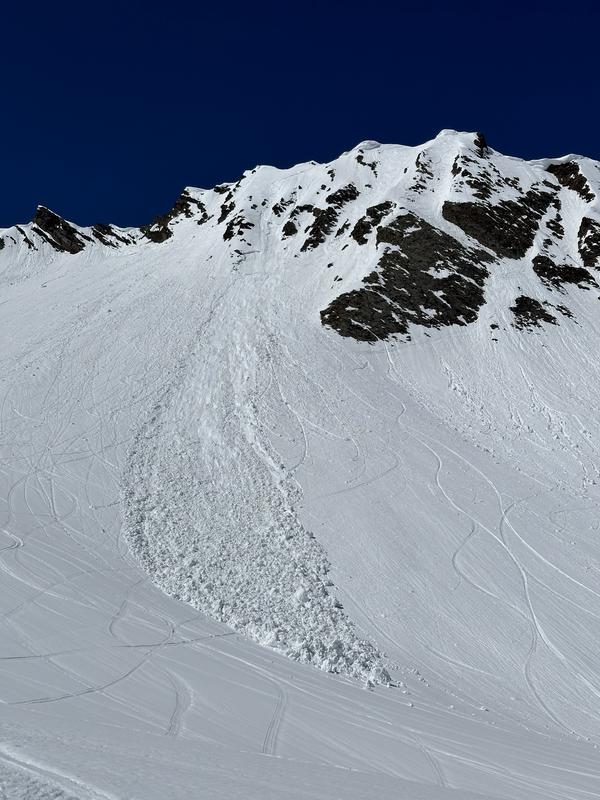Forecast for the Salt Lake Area Mountains

Issued by Trent Meisenheimer on
Sunday morning, April 14, 2024
Sunday morning, April 14, 2024
The overall avalanche danger is LOW this morning but will quickly rise to MODERATE as strong sunshine warms steep aspects facing east, south, and west for Wet Snow. Avalanche activity may involve loose-wet avalanches, wet slab avalanches, cornice fall, and lastly glide avalanches.
Timing is everything - move off of and out from under steep slopes once the snow becomes wet and unsupportable.
Slide-for-life conditions do exist on some upper-elevation terrain where the snow is hard and frozen.

Low
Moderate
Considerable
High
Extreme
Learn how to read the forecast here





